
Diamond has long been the preferred material for quantum sensing, but its size limits its applications. Recent research highlights hBN’s potential as a replacement, especially after TMOS researchers developed methods to stabilize its atomic defects and study its charge states, opening doors for its integration into devices where diamond can’t fit.
Diamond has long held the crown in the realm of quantum sensing, thanks to its coherent nitrogen-vacancy centers, adjustable spin, magnetic field sensitivity, and capability to operate at room temperature. With such a suitable material so easy to fabricate and scale, there’s been little interest in exploring diamond alternatives.
However, this titan of the quantum domain has a vulnerability. It’s simply too large. Much like how an NFL linebacker isn’t the top pick for a jockey in the Kentucky Derby, diamond falls short when delving into quantum sensors and data processing. When diamonds get too small, the super-stable defect it’s renowned for begins to crumble. There is a limit at which a diamond becomes useless.
Enter hBN.
hBN has previously been overlooked as a quantum sensor and a platform for quantum information processing. This changed recently when a number of new defects were discovered that are shaping up to be compelling competitors to Diamond’s nitrogen-vacancy centers. Of these, the boron vacancy center (a single missing atom in the hBN crystal lattice) has emerged as the most promising to date.
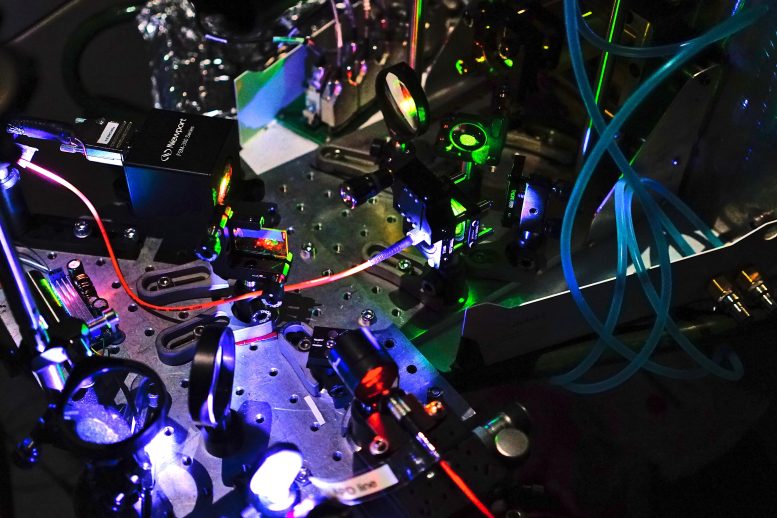
Experimental set up at TMOS to study the boron vacancy defects in hBN. Credit: TMOS, the ARC Centre of Excellence for Transformative Meta-Optical Systems
It can, however, exist in various charge states and only the -1 charge state is suitable for spin-based applications. The other charge states have, so far, been challenging to detect and study. This was problematic as the charge state can flicker, switching between the –1 and 0 states, making it unstable, especially in the types of environments that are typical for quantum devices and sensors.
But as outlined in a paper published in Nano Letters, researchers from TMOS, the ARC Centre of Excellence for Transformative Meta-Optical Systems have developed a method to stabilize the –1 state, and a new experimental approach for studying the charge states of defects in hBN using optical excitation and concurrent electron beam irradiation.
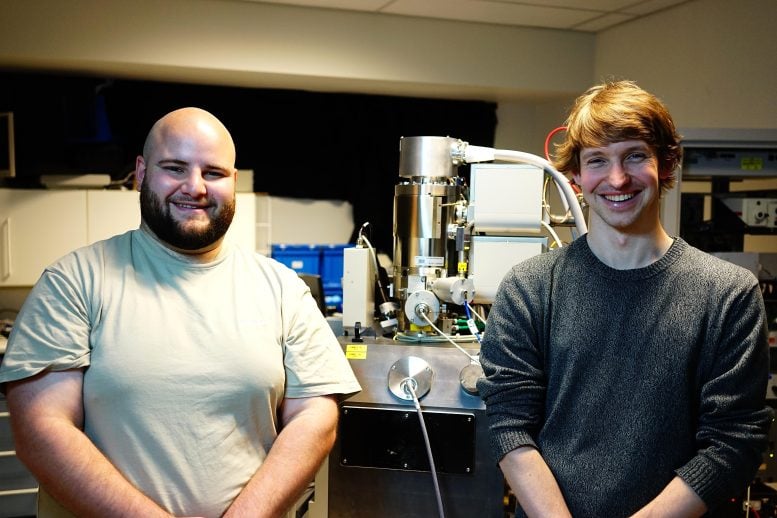
Lead authors Angus Gale and Dominic Scognamiglio in their research lab. Credit: TMOS, ARC Centre of Excellence for Transformative Meta-Optical Systems
Co-lead author Angus Gale says, “This research shows that hBN has the potential to replace diamond as the preferential material for quantum sensing and quantum information processing because we can stabilize the atomic defects that underpin these applications resulting in 2D hBN layers that could be integrated into devices where diamond can’t be.”
Co-lead author Dominic Scognamiglio says, “We’ve characterized this material and discovered unique and very cool properties, but the study of hBN is in its early days. There are no other publications on charge state switching, manipulation, or stability of boron vacancies, which is why we’re taking the first step in filling this literature gap and understanding this material better.”
Chief Investigator Milos Toth says, “The next phase of this research will focus on pump-probe measurements that will allow us to optimize defects in hBN for applications in sensing and integrated quantum photonics.”
Quantum sensing is a rapidly advancing field. Quantum sensors promise better sensitivity and spatial resolution than conventional sensors. Of its many applications, one of the most critical for Industry 4.0 and the further miniaturization of devices is precise sensing of temperature as well as electric and magnetic fields in microelectronic devices. Being able to sense these is key to controlling them. Thermal management is currently one of the factors limiting furthering the performance of miniaturized devices. Precise quantum sensing at the nanoscale will help prevent overheating of microchips and improve performance and reliability.
Quantum sensing also has significant applications in the MedTech sphere, where its ability to detect magnetic nanoparticles and molecules could one day be used as an injectable diagnostic tool that searches for cancer cells, or it could monitor the metabolic processes in cells to track the impact of medical treatments.
In order to study the boron vacancy defects in hBN, the TMOS team created a new experimental setup that integrated a confocal photoluminescent microscope with a scanning electron microscope (SEM). This allowed them to simultaneously manipulate the charge states of boron vacancy defects with the electron beam and electronic micro-circuits, whilst measuring the defect.
Gale says, “The approach is novel in that it allows us to focus the laser onto and image individual defects in hBN, whilst they are manipulated using electronic circuits and using an electron beam. This modification to the microscope is unique; it was incredibly useful and streamlined our workflow significantly.”
Reference: “Manipulating the Charge State of Spin Defects in Hexagonal Boron Nitride” by Angus Gale, Dominic Scognamiglio, Ivan Zhigulin, Benjamin Whitefield, Mehran Kianinia, Igor Aharonovich and Milos Toth, 26 June 2023, Nano Letters.
DOI: 10.1021/acs.nanolett.3c01678
The study was funded by the Australian Research Council.


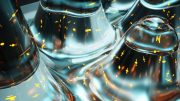
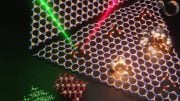
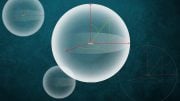
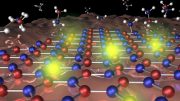
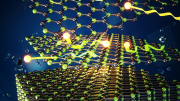
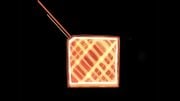
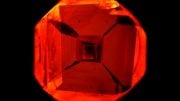
Does the so-called scientific community really understand what the real quantum world is? Is it scientific to compare quantum with a cat? Low dimensional spatiotemporal matter is the foundation of high-dimensional spatiotemporal matter. Topological vortices are point defects in two-dimensional spacetime. Point defects do not only impact the thermodynamic properties, but are also central to kinetic processes. Understanding how topological vortices interact with each other is more conducive to a scientific understanding of the Low dimensional spatiotemporal material structure that can be the basic understructure of microscopic particles (including so-called quanta).
What is hBN? The article never says exactly what hBN is.
Hexagonal boron nitride with space vacancies can be called another form of Null Space where all the informations are lost. This space will be filled up suitable attractive elements